The Bamboo Seed
Longinternode Bamboo Seeds
Longinternode Bamboo Seeds
Couldn't load pickup availability
Longinternode Bamboo Seeds for Sale
- Quantity 30+ Longinternode Bamboo seeds
- USDA Zones 9a-12; in colder zones if winterized
- Subtropical, Tropical bamboo
- Cold Hardy to 20°F / -6.7°C
- Clumping bamboo seeds
- Non invasive bamboo seeds
- Height: 32-50’ / 10-15m
- Diameter: 2-5” / 6-12cm
- Scientific name: Bambusa longinternode
- Avg. days to first germination: 2-6
- When to Germinate: Any time
-
How to Germinate
Longinternode Bamboo Seeds
With its striking light green color with whitish powder, Longinternode bamboo seeds are a popular choice for a visually attractive and impressive addition to the landscape. Unusually long culm lengths are characteristic for this intriguing ornamental bamboo. Lonmginternode bamboo seeds only became available recently, harvested from plants commencing their natural flowering cycle. We have limited inventory in stock at this time.
A clumping (sympodial) bamboo, Bambusa sp. Longinternode features non invasive, short rhizomes. Its fast growing bamboo seeds produce attractive clumps with lustrous green foliage, making it a favorite bamboo landscape centerpiece.
As its name implies, this interesting bamboo possesses extra long spaces between the nodes on the culms, making it a popular choice for flute making and other uses requiring long lengths of bamboo. The poles are also commonly used for construction and fiber material, and because of its strength and height are often harvested for plywood or laminated boards.
The straight and erect culms of Bambusa sp. Longinternode grow on average 10-15 m tall and 6-12 cm in diameter. Culms are thick walled and some are solid to nearly solid at the base. Its typical long internodes can reach over 1 meter in the middle of the culm.
We have found that Longinternode bamboo seeds germinate rather quickly, with first signs of seed germination within 3-5 days of the initial seed soak.
Uses for Longinternode Bamboo Grown from Bamboo Seeds
As its name indicates, the internodes are longer than most other bamboos. This makes Bambusa sp. Longinternode useful for crafts and flute-making. The poles are also a good construction and fiber material and are often used for laminated or plywood boards, pulp, charcoal, biofuel, etc.
|
|
|
About Seeds for Bambusa Bamboo
Bambusa is a genus of bamboo known for its impressive size, strength, and versatility. Here are some key characteristics and growth habits of the Bambusa bamboo seeds species:
Size: Bambusa species are among the largest of bamboo varieties, with some species reaching heights of over 100 feet (30 meters) tall. The culms (stems) can vary in diameter but are generally robust and thick-walled, providing excellent structural integrity.
Rhizomatous Growth: Like most bamboo species, Bambusa species are rhizomatous, meaning they spread through underground rhizomes. These rhizomes give rise to new culms, enabling clumping Bambusa longinternode to spread and form dense clumps over time.
Culm Formation: Bambusa species typically produce new culms annually during the growing season. These culms emerge from the ground and rapidly reach their full height within a few months. The culms are initially green but may mature to a yellowish or brownish color depending on the species.
Leaves and Branches: The foliage of Bambusa bamboo consists of long, slender leaves that are typically arranged alternately along the culms. The branches are often clustered near the nodes of the culms, forming dense foliage that provides shade and habitat for wildlife.
Versatility: Bambusa bamboo grown from seed is highly versatile and have numerous uses. Their strong and durable culms make them ideal for construction, including building structures, furniture, and handicrafts. Additionally, the young shoots of some Bambusa species are edible and are harvested for culinary purposes.
Habitat: Bambusa bamboo is native to various regions of Asia, including China, India, Southeast Asia, and the Indonesian archipelago. Bambusa longinternode is native to the Yunnan Province in China. The different varieites of Bambusa bamboo are commonly found in tropical and subtropical climates, where they thrive in moist, well-drained soil and ample sunlight.
Adaptability: While Bambusa species prefer tropical climates, some varieties can tolerate a range of growing conditions, including mild temperate climates with occasional frost. However, they generally require protection from strong winds and extreme cold temperatures.
Maintenance: Once established, Bambusa bamboo plants are relatively low-maintenance. However, they may require occasional pruning to remove dead or damaged culms and to maintain their desired shape and density. Regular watering and fertilization can also promote healthy growth.
Growing Bambusa longinternode bamboo from seed produces an eye-catching bamboo of impressive size, strength, and versatility, making it a valuable addition to both natural landscapes and in the ornamental bamboo garden.
Clumping Bamboo Seeds
If you're considering bamboo for your garden or landscaping project, opting for clumping bamboo varieties is a wise choice. Unlike their running counterparts, clumping bamboos, such as those from the Bambusa genus, are non-invasive, making them an excellent option for controlling growth and preventing unwanted spread. These bamboos form dense, attractive clumps that expand gradually over time, creating visually appealing focal points or privacy screens in your outdoor space.
With their graceful foliage and impressive stature, clumping bamboo species add a touch of exotic beauty to any landscape while offering low-maintenance and eco-friendly solutions for enhancing your garden's aesthetic appeal. Choose clumping bamboo for a sustainable and harmonious addition to your green space, ensuring years of enjoyment without the worry of invasive spread.
Find similar clumping bamboo seeds currently in stock.
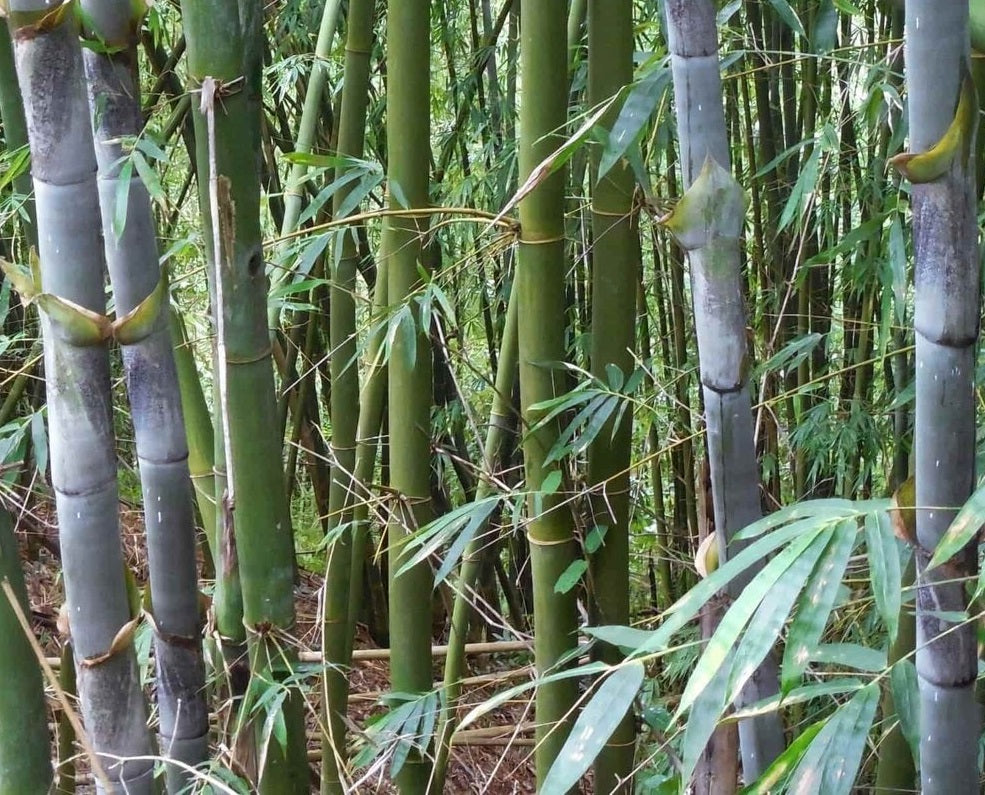
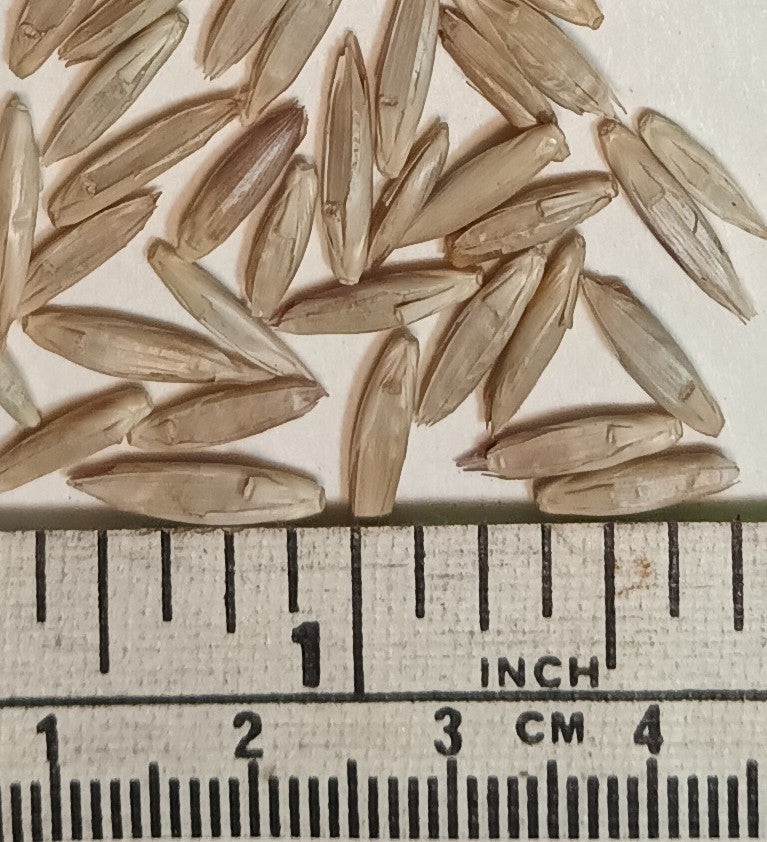
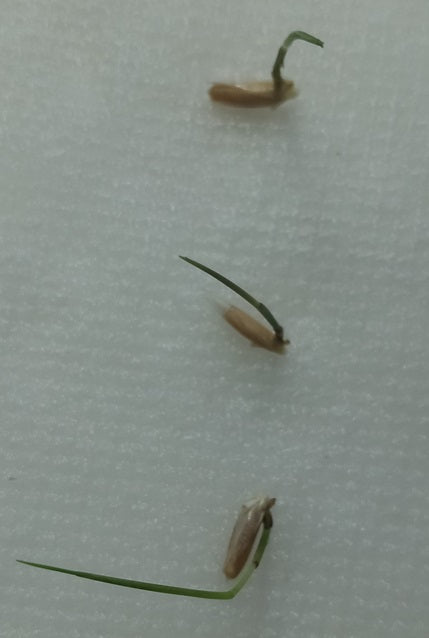
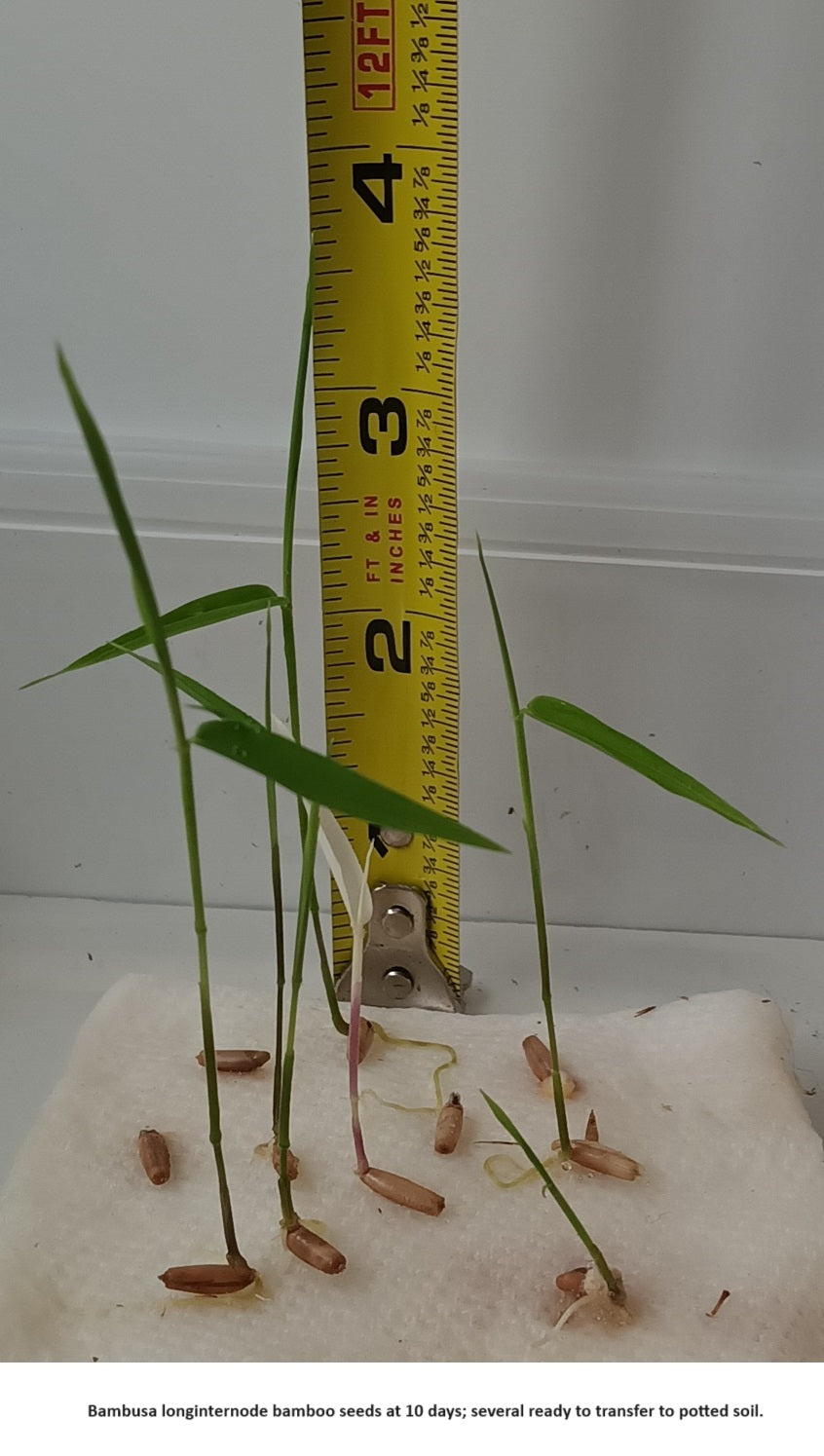
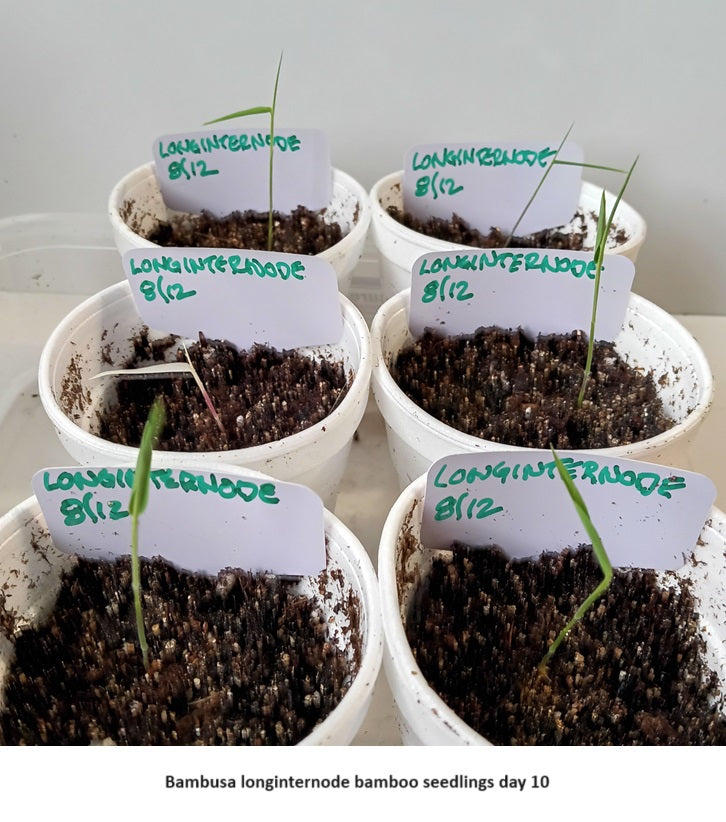
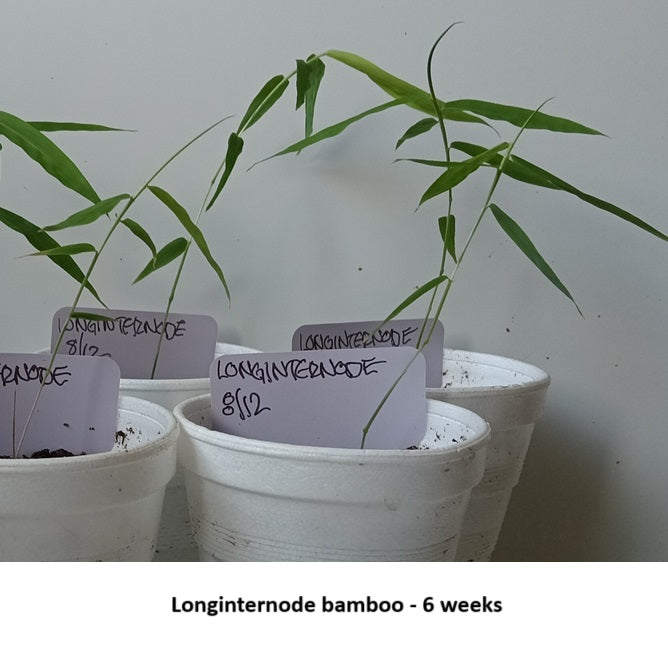
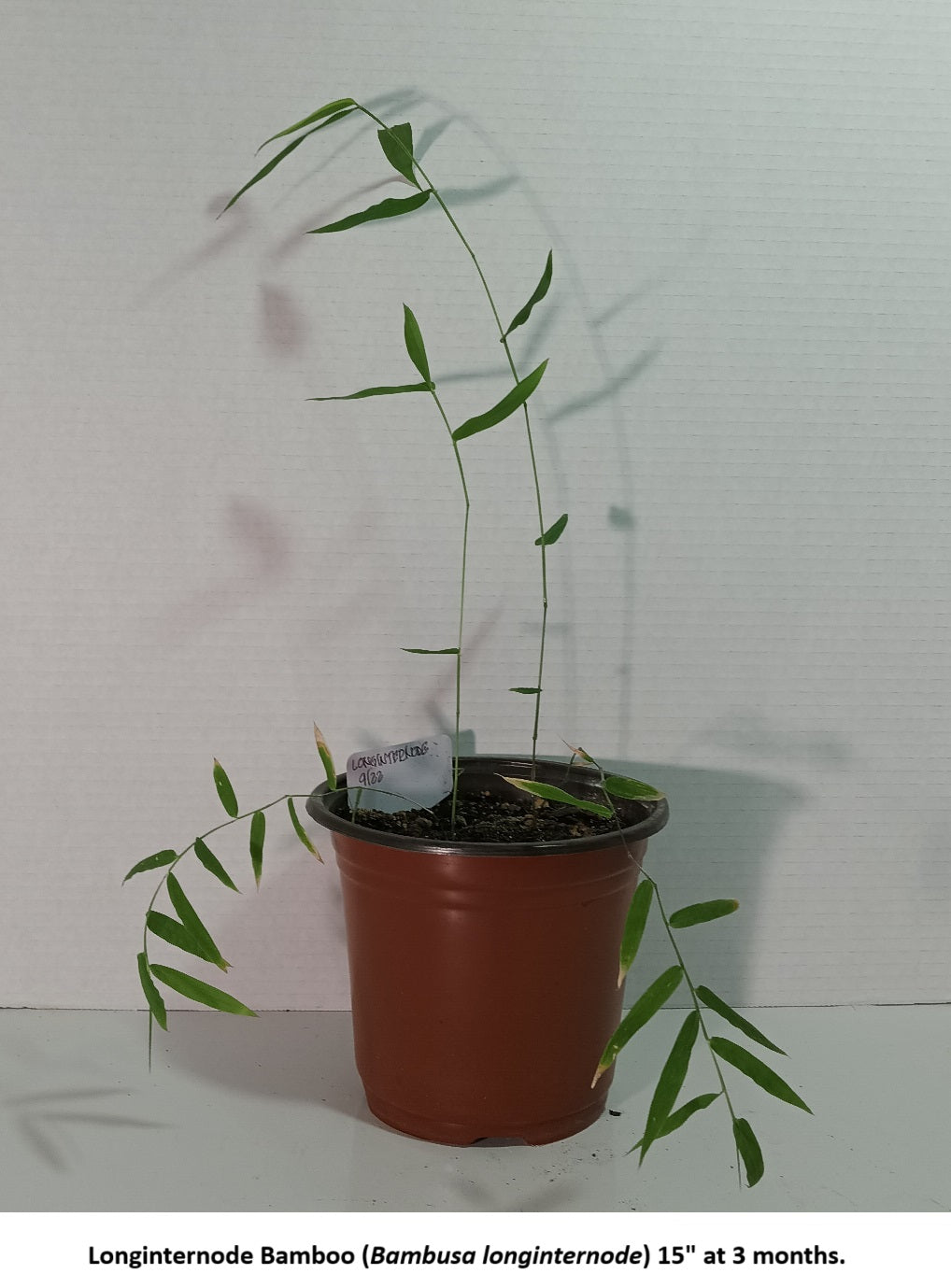
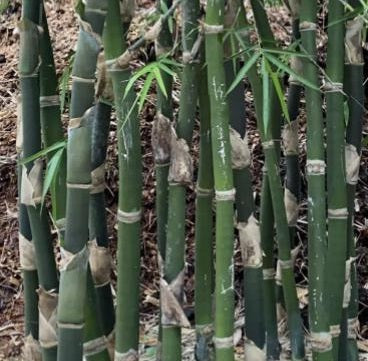
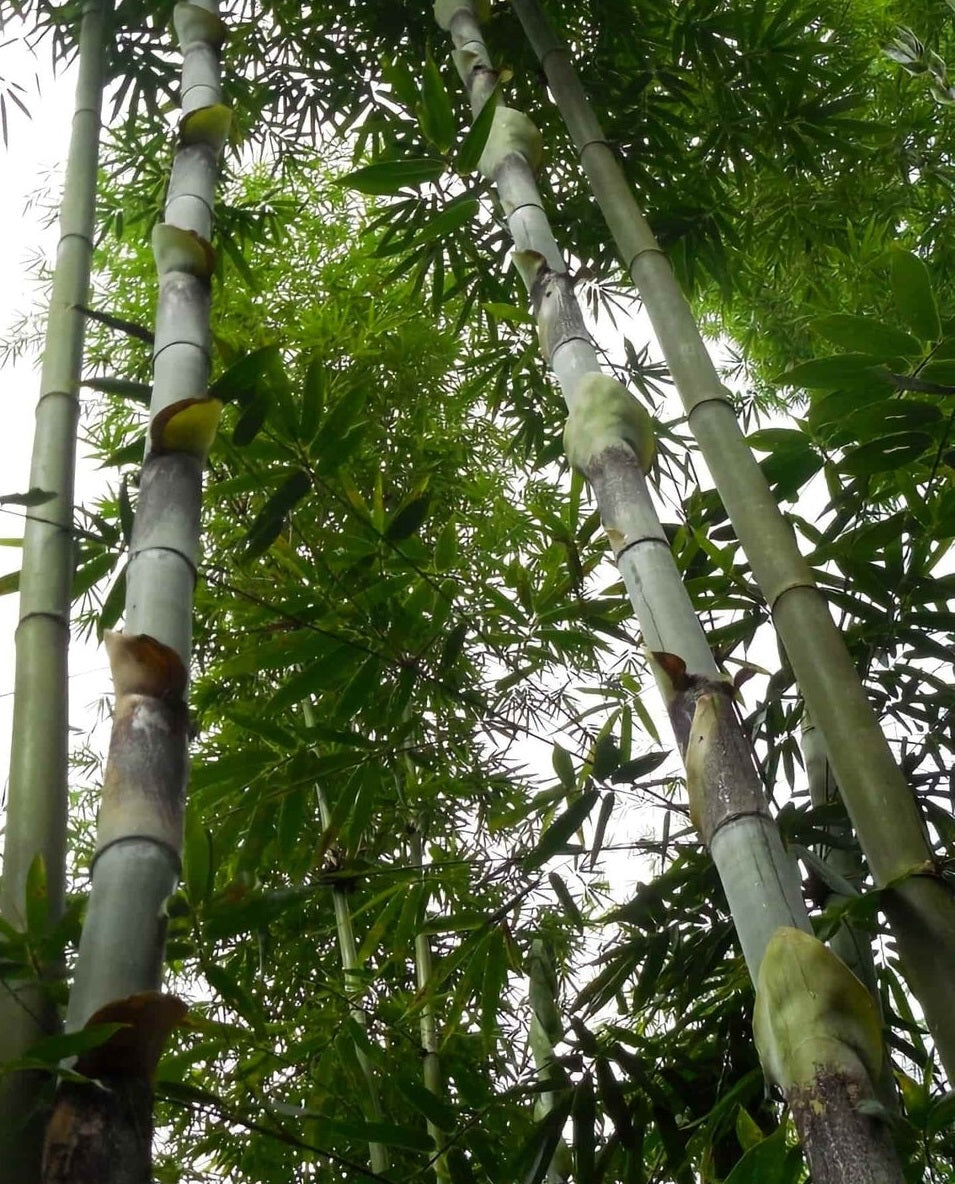
Collections
-
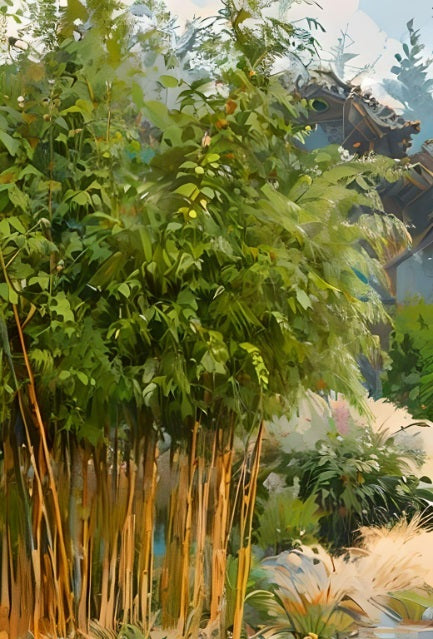
All Bamboo Seeds for Sale
Welcome to our catalog of bamboo plant seeds for sale including clumping...
-
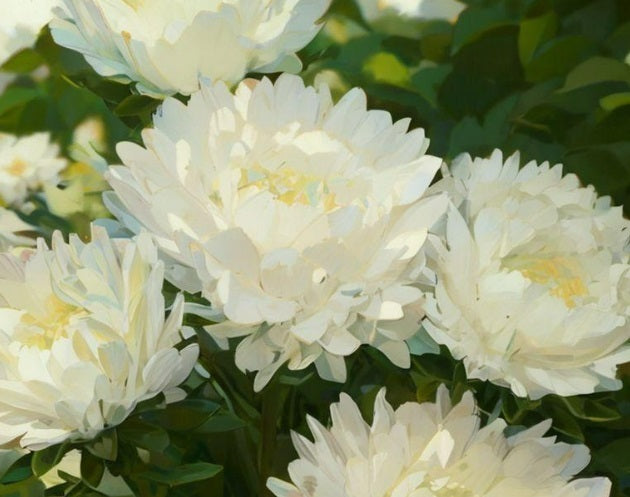
All Flower Seeds
All of our 2025 flower seeds are sold out. Please check back...
-
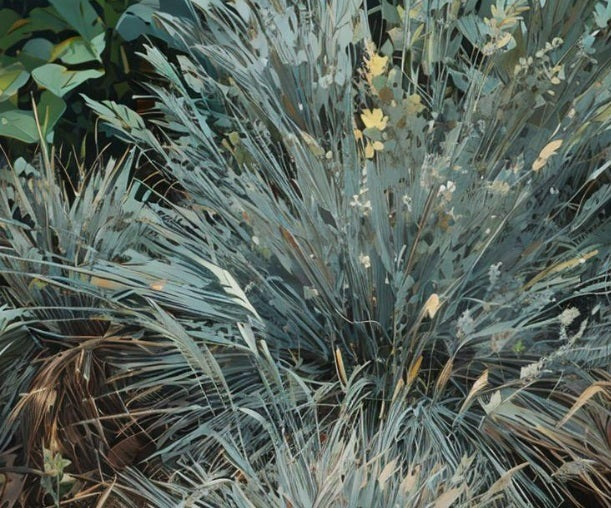
All Ornamental Grass Seeds
Grass has finally come into its own as a garden landscape centerpiece....
-
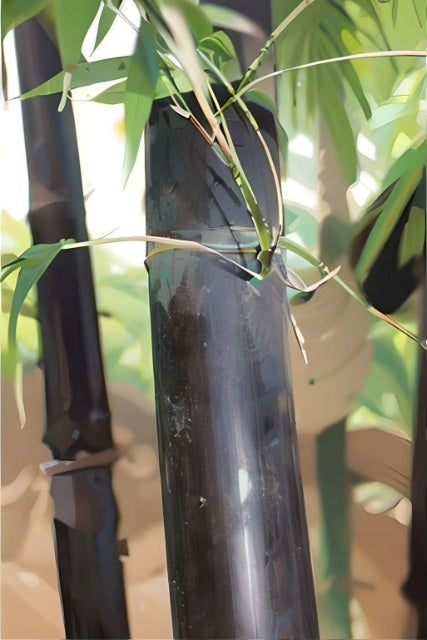
Black Bamboo Seeds
Consider Black Bamboo seeds for eye-catching bamboo varieties with lustrous black, dark...
-
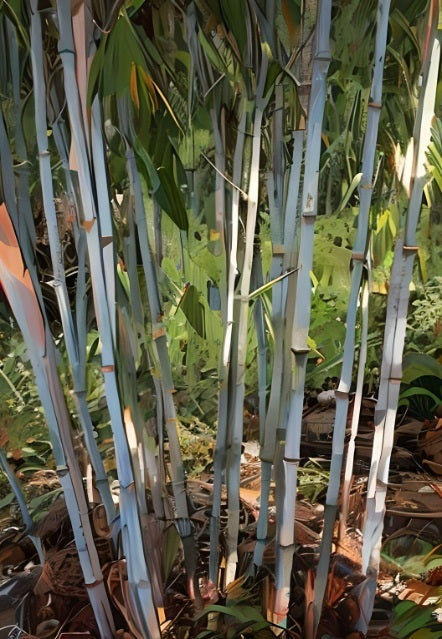
Clumping Bamboo Seeds
Clumping bamboo species grow in dense clumps or clusters that are naturally...
-
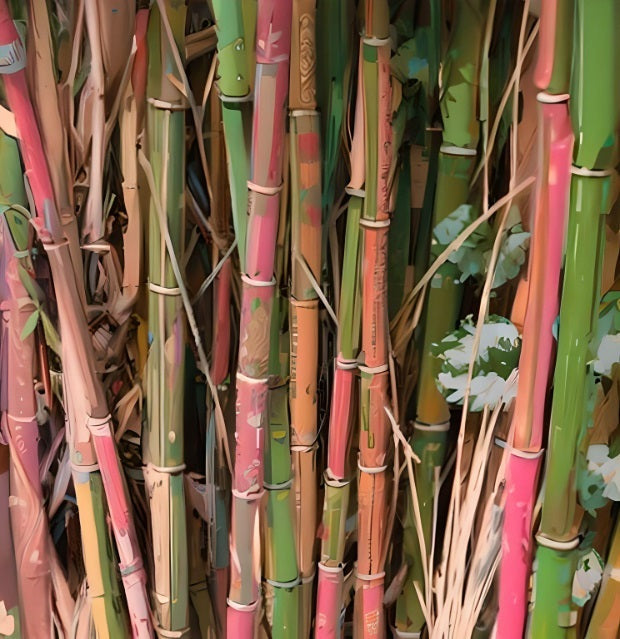
Cold Hardy Bamboo Seeds
A selection of cold resistant bamboo seeds for hardy bamboo able to...
-
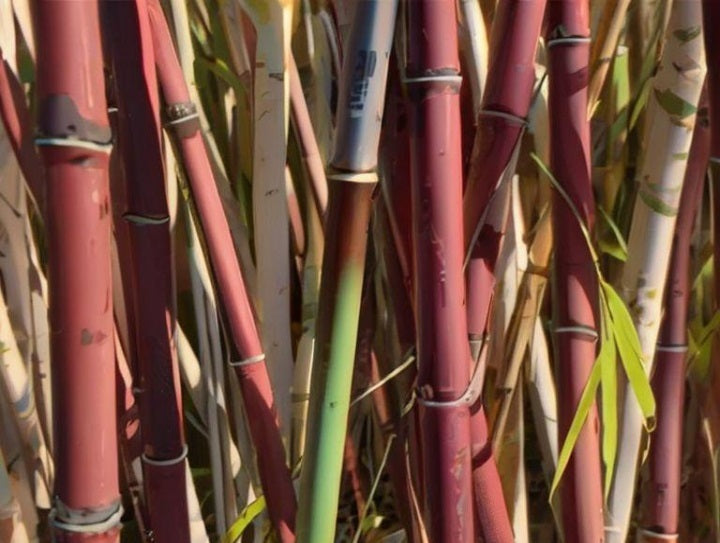
Fargesia Bamboo Seeds - Clumping and Cold Hardy
Buy bamboo seeds for beautiful cold hardy and clumping Fargesia bamboo. Our...
-
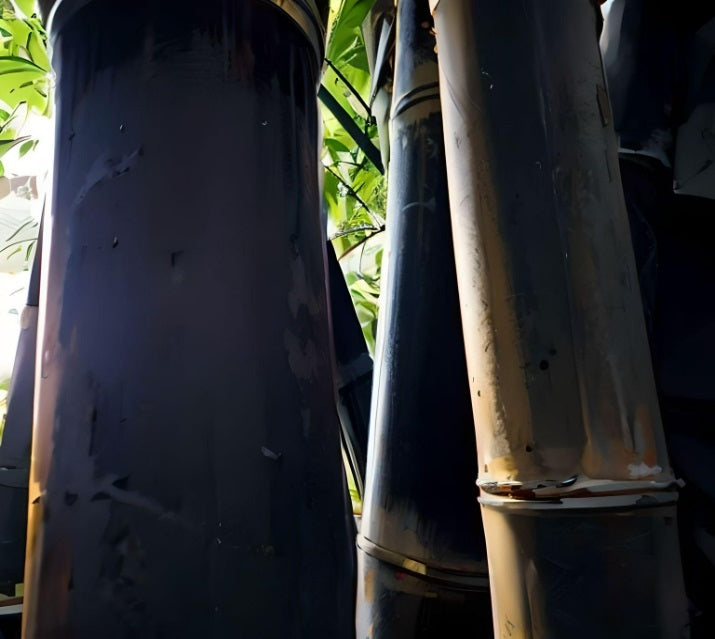
Giant Bamboo Seeds
When you're looking for impressive size with ample shade below, consider fastest...
-
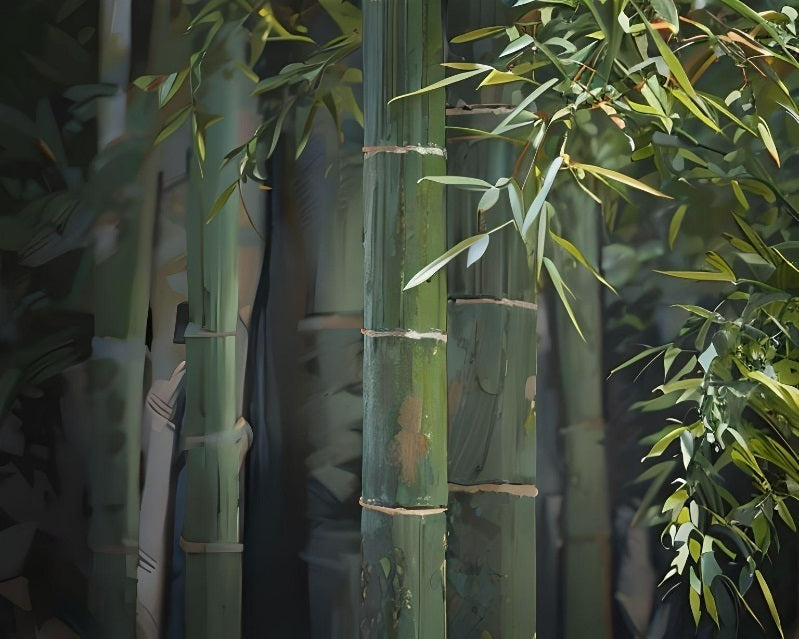
Running Bamboo Seeds
Running bamboo spreads through underground runners, known as rhizomes. These rhizomes can...
-
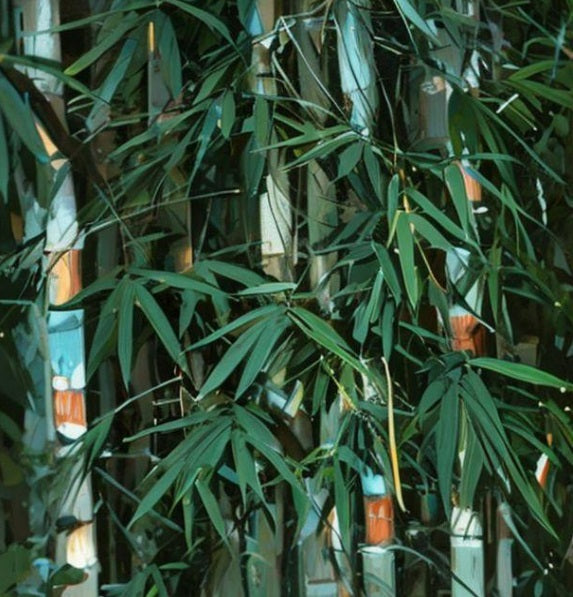
Tropical Bamboo Seeds
Our curated selection of tropical bamboo seeds best suited for planting in...





















